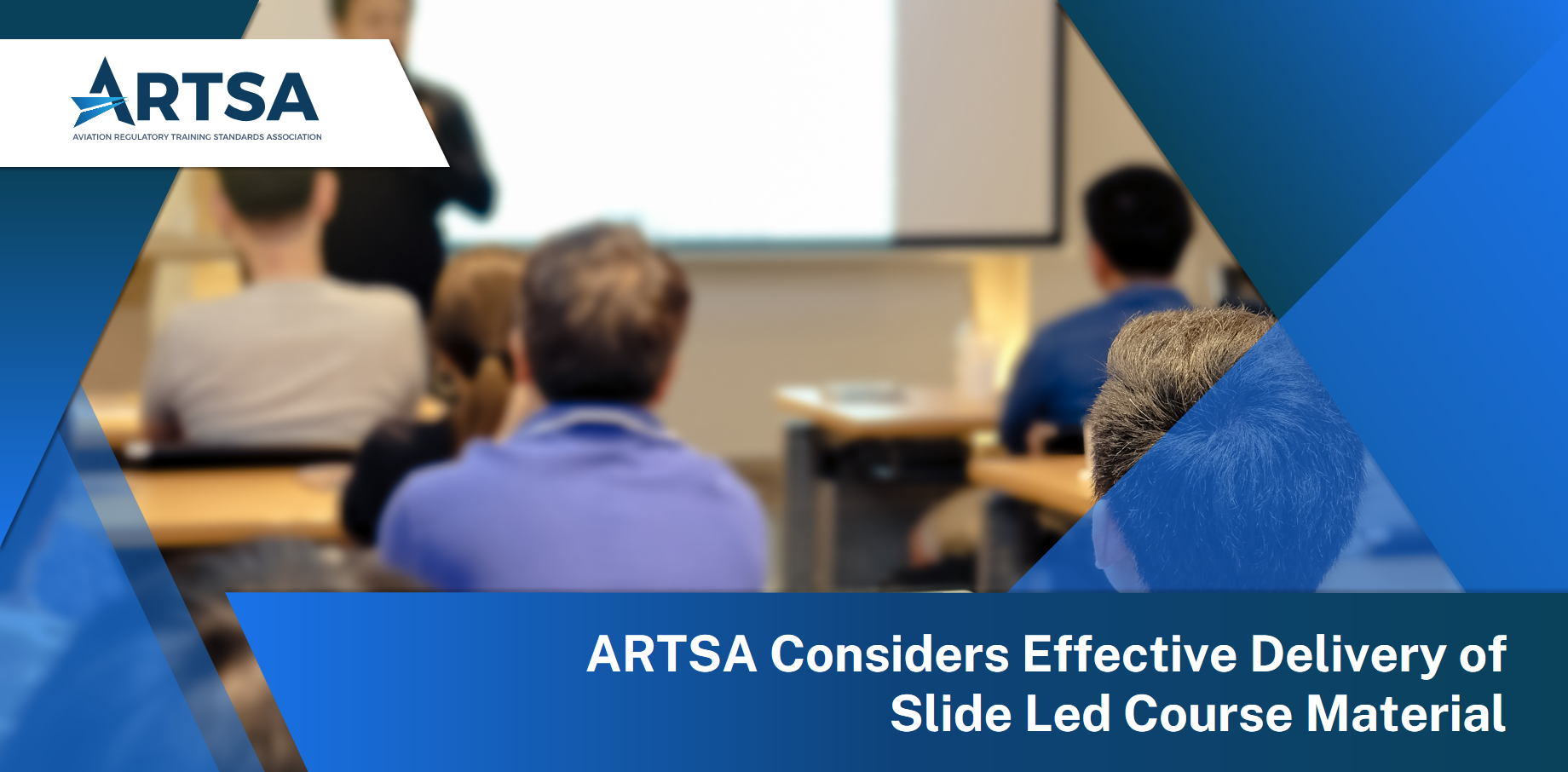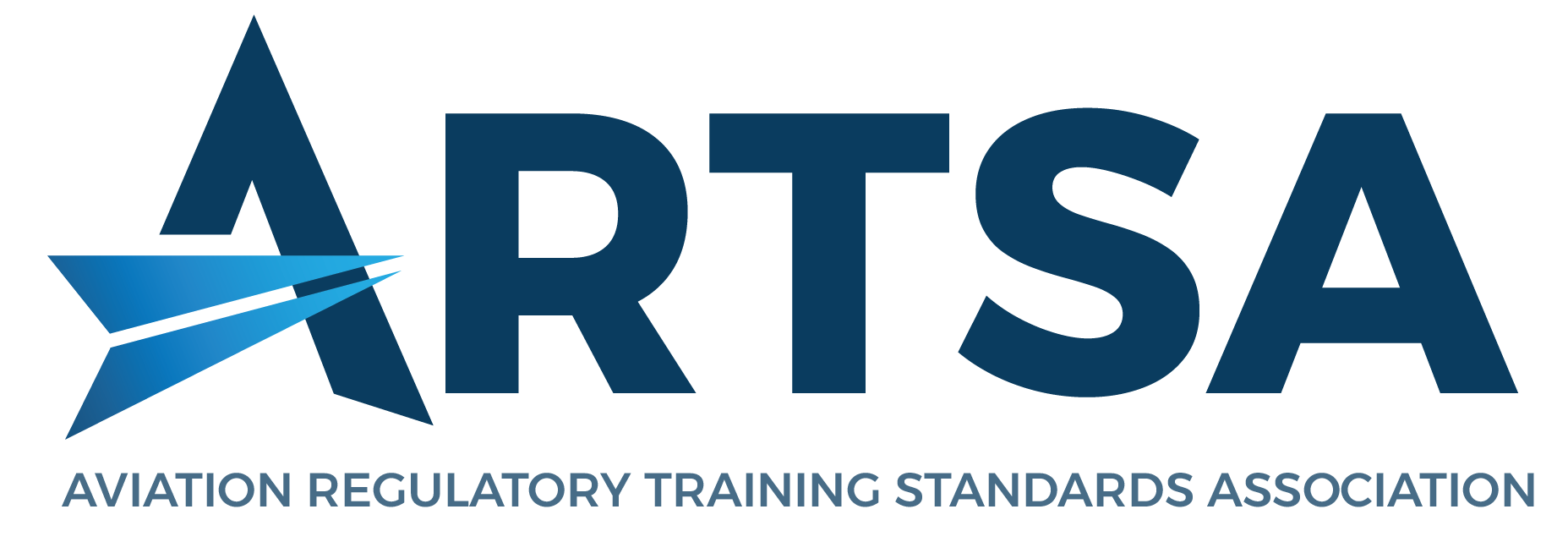
Aviation Regulatory Training Standards Association (ARTSA) considers the best practices that should be employed by Instructors to deliver the most effective training.
Note – Simply reading slides is the worst possible level of engagement and indicates either a lack of knowledge by the instructor or a lack of preparation (or both).
The goal of any instructional setting should be to create an engaging and effective learning environment.
- By moving away from reading slides line by line and adopting more dynamic and interactive teaching methods, instructors can significantly enhance student interest and participation.
- This approach not only makes learning more enjoyable but also more impactful.
Best Practice Instructional Techniques Related to Slide Delivery
- Effective instructional techniques are crucial in maximizing student interest and engagement, especially in settings where presentations are a key component of the teaching method.
- While slides can be a powerful tool, simply reading them line by line often leads to a disengaged audience.
- Instead, adopting best practices in instructional techniques can transform the learning experience. Here’s how to do it:
– Storytelling Approach: Use a narrative style to present information. Stories are more memorable than lists of facts. Weave real-life examples, case studies, and anecdotes into your presentation to make the content relatable and engaging.
– Interactive Elements: Incorporate interactive elements like quizzes, polls, and group discussions. This breaks up the monotony and encourages active participation. Use tools like audience response systems or breakout sessions to foster interaction.
– Visual Aids: Employ visual aids effectively. Instead of text-heavy slides, use images, charts, and infographics to illustrate points. Visuals can simplify complex information and make it more digestible.
– Pause for Reflection: Allow time for reflection and discussion. After presenting a key concept, pause to ask questions or encourage students to discuss it with a partner. This not only reinforces learning but also keeps the audience engaged.
– Use of Analogies and Metaphors: Explain complex ideas using analogies and metaphors. They can bridge the gap between unfamiliar concepts and the student’s existing knowledge base.
– Variety in Presentation: Change your tone, pace, and volume to maintain interest. Moving around the room rather than standing statically can also keep the audience’s attention.
– Leverage Technology: Utilize educational technology tools like interactive whiteboards, online collaborative platforms, or augmented reality to create a dynamic learning environment.
How Not to Read Slides Line by Line
- Summarize, Don’t Recite:
– Treat slides as a summary of your talk, not the script. Give a brief overview of each slide and then elaborate freely, adding value beyond what is written.
- Engage with Your Audience: Make eye contact and connect with your audience.
– Reading from slides creates a barrier. Instead, use the slides as a backdrop while you engage directly with the audience.
- Encourage Questions and Discussions: Invite questions and encourage discussions throughout the presentation, not just at the end.
– This keeps the audience active and involved.
- Customize Your Content: Tailor your presentation to the audience’s interests and knowledge level.
– This shows that you are not just delivering a generic speech but are considering their specific learning needs.
- Maximizing Interest and Engagement
– Know Your Audience: Understand the audience’s background, interests, and learning objectives. This allows you to tailor the content and delivery style to their preferences.
Active Learning Strategies
- Incorporate active learning strategies like problem-solving activities, group projects, or hands-on demonstrations.
– These strategies promote deeper understanding and engagement.
Feedback Loop
- Create a feedback loop where students can express what they find interesting or challenging. Use this feedback to adjust your teaching approach.
Continuous Improvement
- After each session, reflect on what worked and what didn’t.
- Seek feedback from peers or mentors to continually improve your instructional techniques.
Aviation Regulatory Training Standards Association (ARTSA) is a non-profit organisation committed to upholding and promoting training standards aligned with the EASA regulations. See www.artsa.aero
